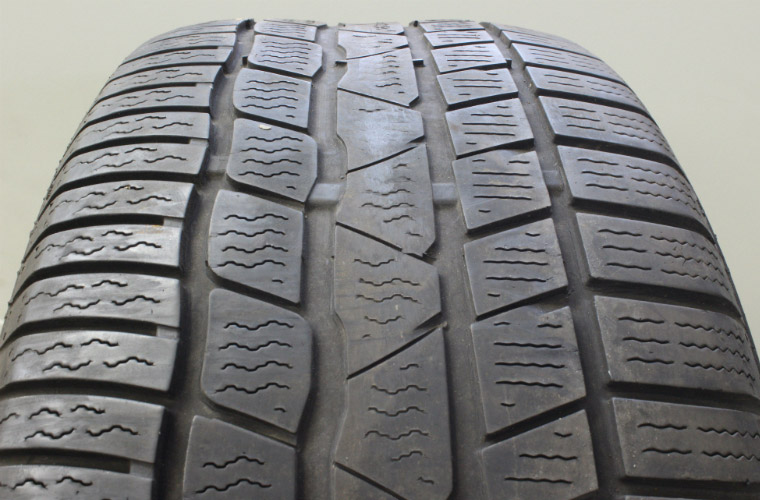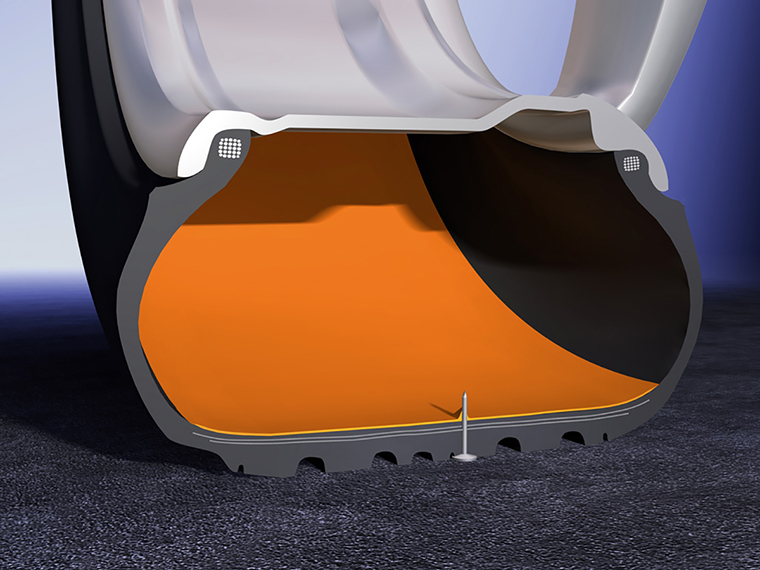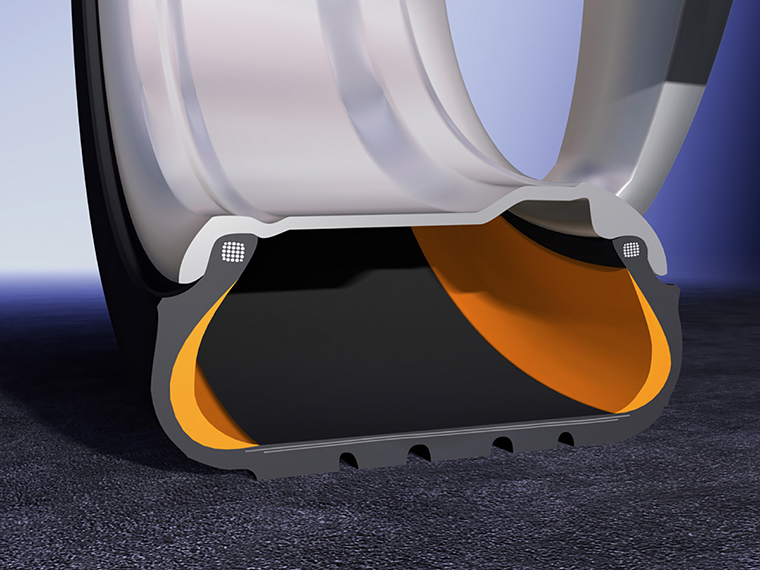
None of us need telling just how busy and distracting modern life can be. It’s often the case while we’re driving, what with rushing from A to B, and having to keep an eye on our fellow motorists. And once we get ‘there’, and back, there’s always something else to keep us busy or distracted. It’s little wonder then that many of us aren’t even aware that our tyres may be damaged until it’s far too late.
We don’t always know when our tyres have been impaired. Damage to the compounds surrounding our wheels results in some of the most dangerous situations that motorists can encounter. When we drive, our tyres are the only things that are in contact with the ground, and any harm they’ve incurred can lead to serious problems. In our latest tyre safety article, BestDrive by Continental examines the kind of damage you need to look out for.
Tyre cuts
Cuts in or on your tyres are dangerous. They happen when things like exposed bodywork, accident debris, or even poor road surfaces slice against the tyre, causing a rip in the compound. At their very worst, cuts can cause immediate tyre failure, though thankfully this is not usually the case. Typically, most cuts appear on the tyre sidewalls. If you find an incision on your tyre, or a chunk of rubber missing from your tyre, you should get it examined by your nearest BestDrive tyre professional as soon as possible.
Tyre bulges
Bugles on your tyres are generally caused by heavy impacts with solid objects, usually unavoidable. An example of this would be having to swerve suddenly and striking a kerb. The car will get over the kerb just fine, but later you might notice that your tyre is bulging at the point of impact. A bulge on the sidewall indicates destroyed cords inside the carcass. While not necessarily immediately dangerous, the bulge increases the chance of the tyre subsequently failing. While the tyre may have absorbed the impact and survived, this is now a weak spot that can give way at any time. Again, we recommended that you get it checked at your nearest BestDrive branch as soon as possible.


Irregular tyre wear
Tyre wear is a natural occurrence. The speed of wear is subject to individual driving style and how often you drive. Ultimately, all tyres will wear down to the road-legal minimum of 1.6mm and need replacing – by law. Sensible drivers in the know change their tyres at 3mm, since it’s at this point that tyre tread starts to rapidly deteriorate, with grip becoming harder to achieve.
Problems arise, however, if your tyres start to wear irregularly. Ideally, wear should take place evenly across the full width of the tyre. Irregular wear occurs at the outer edges, or only at the tyre centre. There are various reasons why this occurs, including misaligned suspension geometry. This circumstance results in additional force and loads being put on to the side of the tyre that is affected. If you suspect this is the case for you, book your car in at your nearest BestDrive branch for a check-up.
More commonly, irregular wear takes place due to incorrect tyre pressures. The way your tyres are inflated will directly affect tyre wear. If over-inflated, pressure is forced to the centre of the tyre, consequently lifting the tyre edges away from the road surface. As a result, not only does unnecessary wear occur at the centre of the tyre (just where you need it most) but the tyre contact patch is substantially reduced – further limiting achievable grip.
In the case of under-inflation, the outer edges of the tyre make too much contact with the road surface, incurring unnecessary wear. This also makes the tyre harder to turn, requiring more fuel to achieve – and costing you more Euros at the petrol station. Learn more about tyre pressures.
Punctures
Punctures are undoubtedly the most familiar kind of tyre damage. They happen when sharp objects on the road’s surface, such as nails, screws, broken glass, and pieces of metal, breach the surface of the tyre – deep enough to cause the air that fills it to leak out.
A characteristic – and obvious – sign of a puncture is a deflated tyre, but if relatively recent you might even hear air coming out. There’s nothing you can do once you’ve sustained a puncture, right? Wrong! In fact you can negate the effects of a puncture by fitting Continental’s Contiseal™ and SSR Self-Supporting Runflat tyre technology to your car or van.

With ContiSeal™ an internal resin immediately seals puncture holes up to 5mm wide, retaining the air inside the tyre and providing you with extended mobility and unaltered mileage. There’s no immediate need to stop for a roadside tyre change, allowing you to calmly and safely get to a garage for a replacement tyre.
Continental SSR technology is just as impressive. With reinforced sidewalls, SSR tyres are self-supporting and stay vertically rigid. This negates the need for an immediate roadside stop to change tyres, and provide drivers with the opportunity to safely travel for up to 50 more miles (at a maximum speed of 50mph) to a garage for a replacement. SSR tyres are designed to be compatible with all conventional wheel rims.

If you’re in any doubt about your tyres, pop into BestDrive by Continental. You can find your nearest branch at the top of this page.
BestDrive by Continental – You drive, we care.

